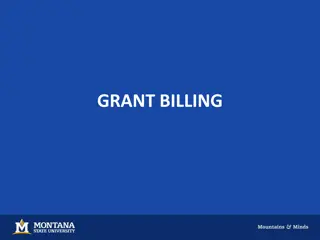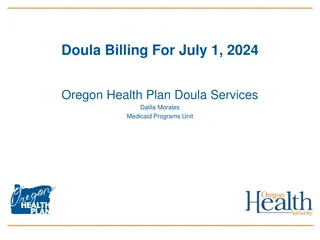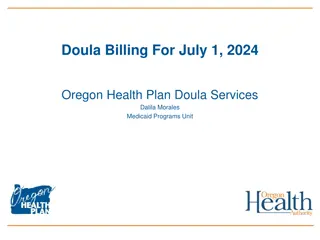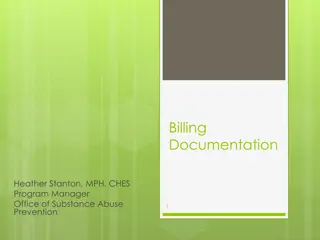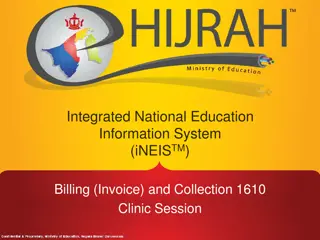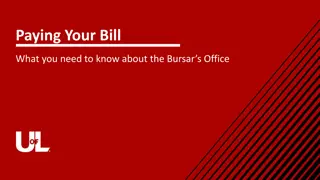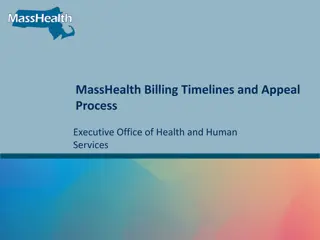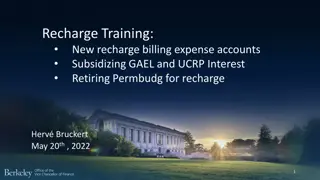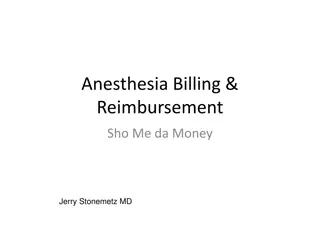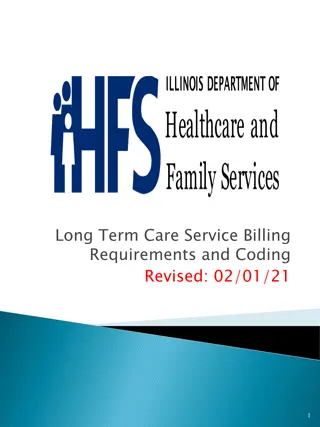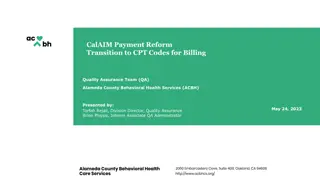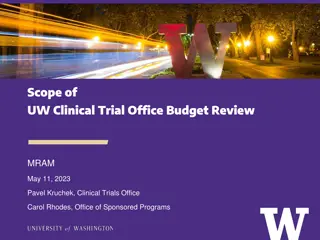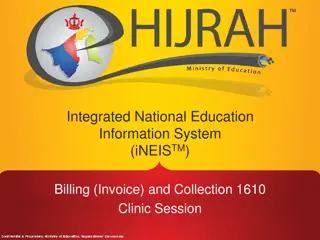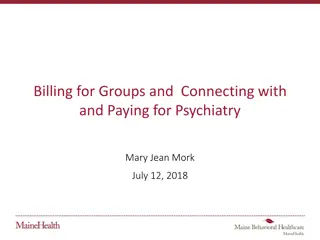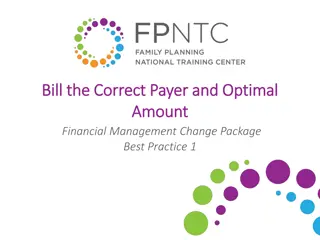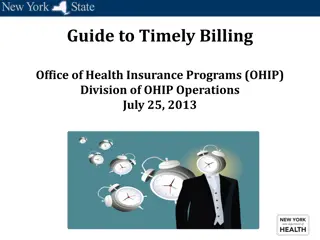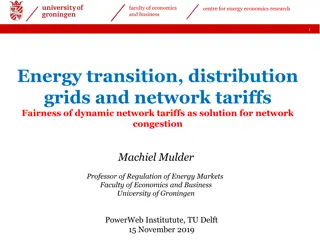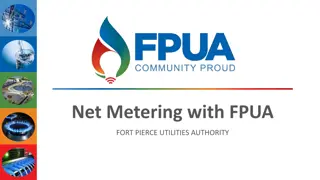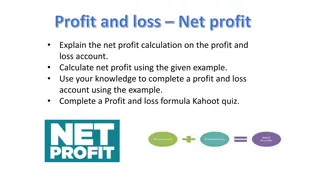Understanding Net Billing Tariffs: Benefits and Implementation
Net billing tariffs compensate customers for feeding excess electricity into the grid, promoting renewable energy use and revenue generation for municipalities. This proposal outlines the objectives, necessity, and impact of net billing, along with eligibility criteria and tariff structures for different customer categories.
Download Presentation

Please find below an Image/Link to download the presentation.
The content on the website is provided AS IS for your information and personal use only. It may not be sold, licensed, or shared on other websites without obtaining consent from the author. Download presentation by click this link. If you encounter any issues during the download, it is possible that the publisher has removed the file from their server.
E N D
Presentation Transcript
Net Billing Tariff Proposal XX Local Municipality 25 April 2023
Contents What is Net Billing? Why do we need a Net Billing Tariff? Revenue Impact of Net Billing Net Billing Objectives Net Billing Tariff Proposal
What is Net Billing? Compensating customers for feeding electricity into the grid Compensating customers for feeding electricity into the grid Prosumer Municipality Excess electricity fed into the grid through bi-directional meter Energy credit (not payment) given on the Prosumer s account for the exported electricity
Why do we need a Net Billing Tariff? The Presidency s Energy Action Plan calls upon Municipalities to implement Net Billing The Presidency s Energy Action Plan calls upon Municipalities to implement Net Billing Immediate Actions: 1. Develop EG Policy and Process 2. Fast-track EG Approvals 3. Compensation for Feeding into the Grid
Why do we need a Net Billing Tariff? Municipalities must comply with NERSA s Net Billing Rules Municipalities must comply with NERSA s Net Billing Rules All Distributors must offer net-billing schemes to prosumers subject to these Rules and other applicable legislation of South Africa.
Revenue Impact of Net Billing Net Billing is revenue positive Net Billing is revenue positive 140 Cost Savings 120 100 80 c/kWh 60 40 20 0 Eskom Purchase Price Net Billing Tariff
Net Billing Tariff Objectives Objective 1: Ensure municipal revenue recovery Objective 2: End load shedding
Net Billing Tariff proposal Only available to customers paying a fixed charge Only available to customers paying a fixed charge Net Billing Tariff Energy Charge Export Credit Fixed Charge Net Billing only available to customers on the following tariffs: 1. Domestic Conventional paying Fixed Charge of R300 per month 2. Commercial Conventional paying Fixed Charge of R1800 per month 3. All Industrial tariffs
Net Billing Tariff proposal Only available to customers with approved embedded generators Only available to customers with approved embedded generators Flat net billing export credit (c/kWh) 115 Time-of-use net billing export credit (c/kWh) Low Season Off-peak Low Season Standard Low Season Peak High Season Off-peak High Season Standard High Season Peak 60 90 130 70 120 430 Export Credit set at 90% of the Municipality s Avoided Energy Purchase Cost as per NERSA s Net Billing Rules
References NECOM Net Billing Framework: https://www.nersa.org.za/wp- content/uploads/2023/04/Draft-net-billing-framework.pdf NERSA Net Billing Rules: https://www.nersa.org.za/wp- content/uploads/2023/04/Annexure-B-Net-Billing-Rules.pdf Avoided Cost Calculator: https://www.sseg.org.za/avoided-costs- calculator-tool/




